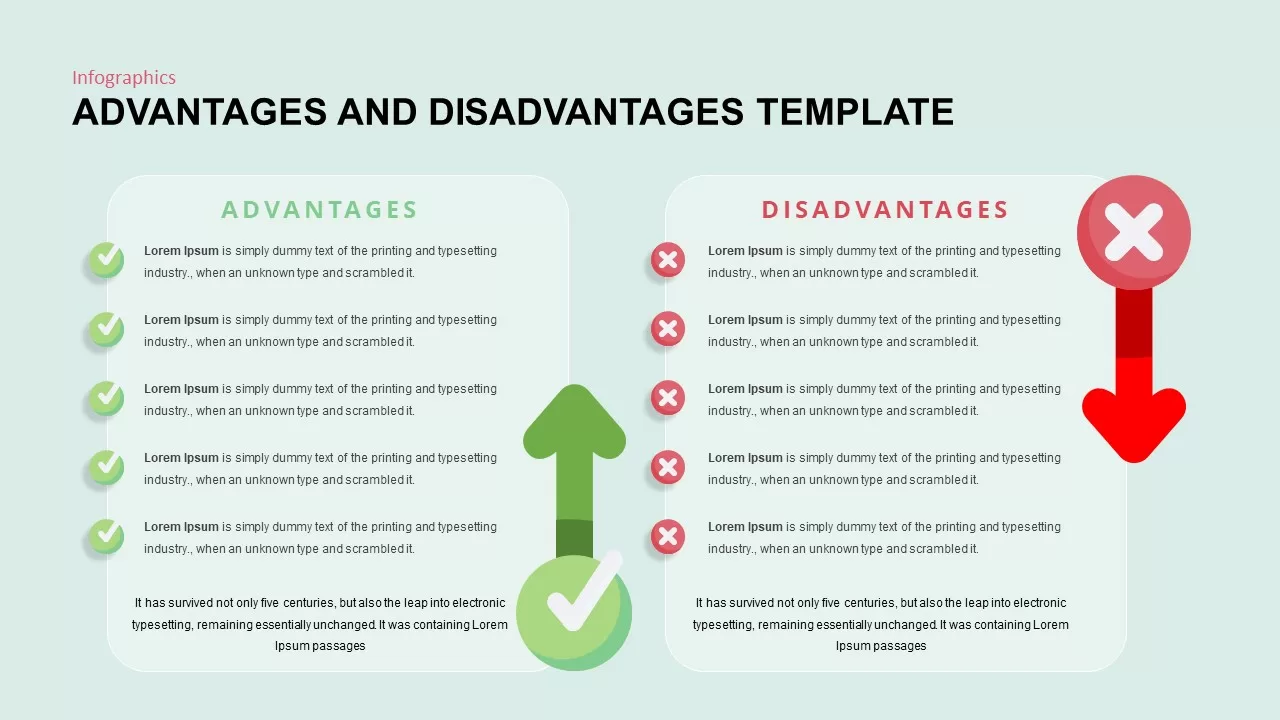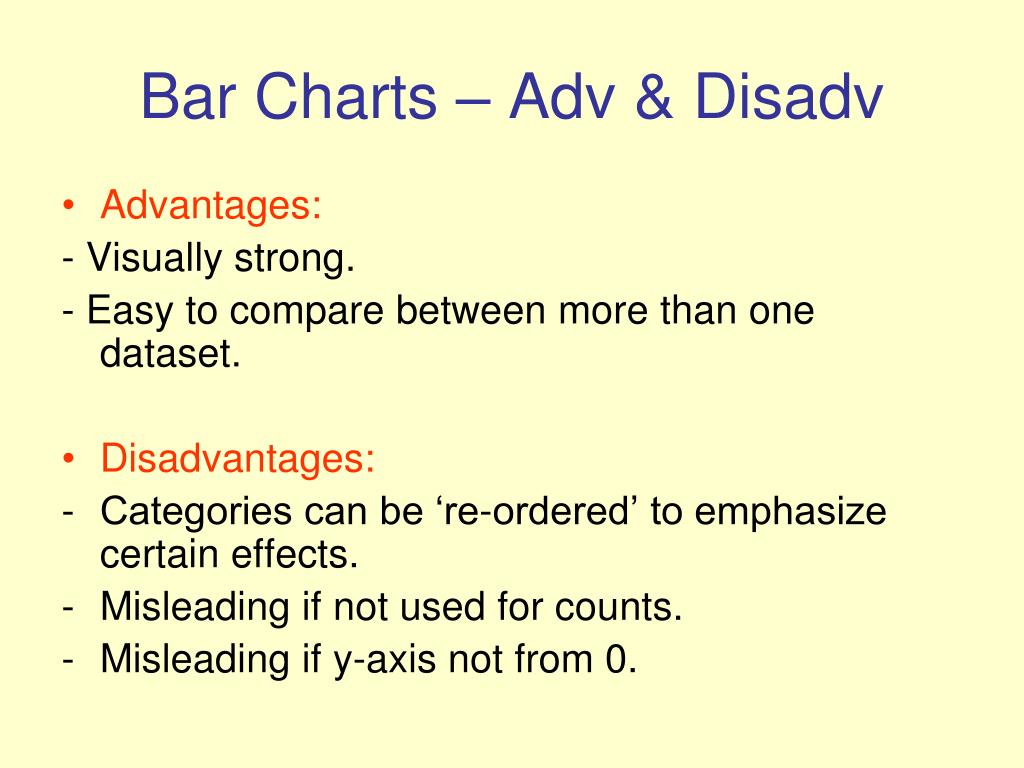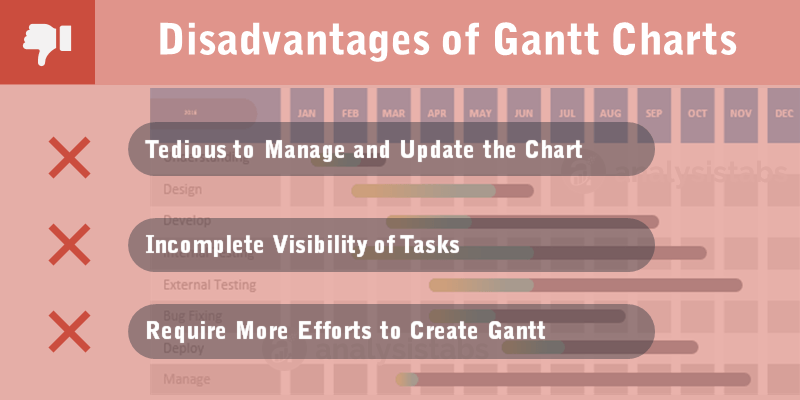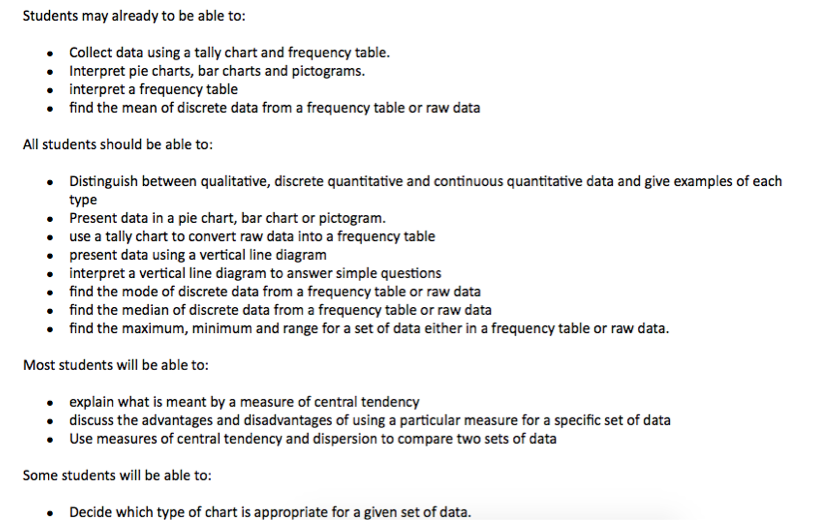A bar chart, also known as a bar graph, is a graphical representation of data using bars of different heights or lengths. It is a commonly used chart type in data visualization and is particularly useful for comparing the size or frequency of different categories of data.
One advantage of bar charts is their simplicity and ease of interpretation. They are visually straightforward, with the length or height of each bar representing the size or frequency of the corresponding data category. This makes it easy for viewers to quickly compare the sizes or frequencies of different categories at a glance.
Another advantage of bar charts is their flexibility. They can be used to display data for a wide range of applications, including comparing the performance of different companies, tracking changes in sales or customer satisfaction over time, or displaying the results of a survey. They can also be used to display data for different time periods, such as monthly or quarterly sales, or to compare data from different regions or countries.
In addition, bar charts are highly customizable. The appearance of the bars can be modified to suit the needs of the user, such as by changing the colors or adding data labels. Bar charts can also be combined with other chart types, such as line charts or pie charts, to create more complex and detailed visualizations.
Despite these advantages, there are also some disadvantages to using bar charts. One disadvantage is that they may not be as effective at displaying trends or patterns over time as other chart types, such as line charts or scatter plots. They are also not well suited for displaying data that is continuous or has a large number of data points, as it can be difficult to accurately interpret the differences between the bars in these cases.
Another disadvantage of bar charts is that they can be prone to distortion or bias. For example, if the scale on the axis is not chosen carefully, the differences between the bars may appear larger or smaller than they actually are. Additionally, the order in which the bars are presented can also influence the interpretation of the data, as the viewer may be more likely to focus on the first or last bar in the series.
In conclusion, bar charts are a useful and widely used tool for visualizing data. They are simple and easy to interpret, flexible, and highly customizable. However, they may not be the best choice for displaying trends or patterns over time or for displaying data that is continuous or has a large number of data points, and they can be prone to distortion or bias.




.png)


